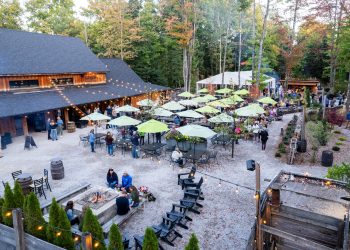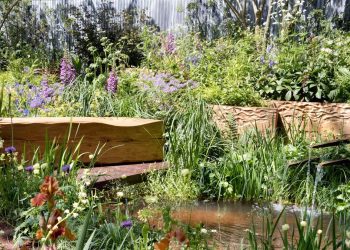The buzz of bees in summer is quieter than it used to be. Other pollinators are also struggling to survive. These include butterflies, flies and moths. There are many reasons such species are in decline. But loss of food sources is a key piece of the puzzle. However, urban gardens can provide critical nectar supplies for pollinators. That’s the finding of a new study.
Many pollinator studies focus on insects. Nicholas Tew was more interested in the flowers they visit. Tew is an ecologist at the University of Bristol in England. He was curious how much nectar was available in different types of habitats. He also wanted to know how cities compared to other landscapes. City flowers haven’t been studied as closely as those found on farms and in nature reserves. But Tew thought they might be just as important in feeding pollinators.
“Urban areas cover a relatively small fraction of all land,” he says. But “they can be particularly important because most of [the British] countryside is taken over by intensive farming.”
Tew and a team of researchers looked at previously collected data. Those came from 12 sites across the United Kingdom. The team focused on three landscape types: urban areas, farms and nature reserves. They tallied a total of 536 types of flowering…




























































